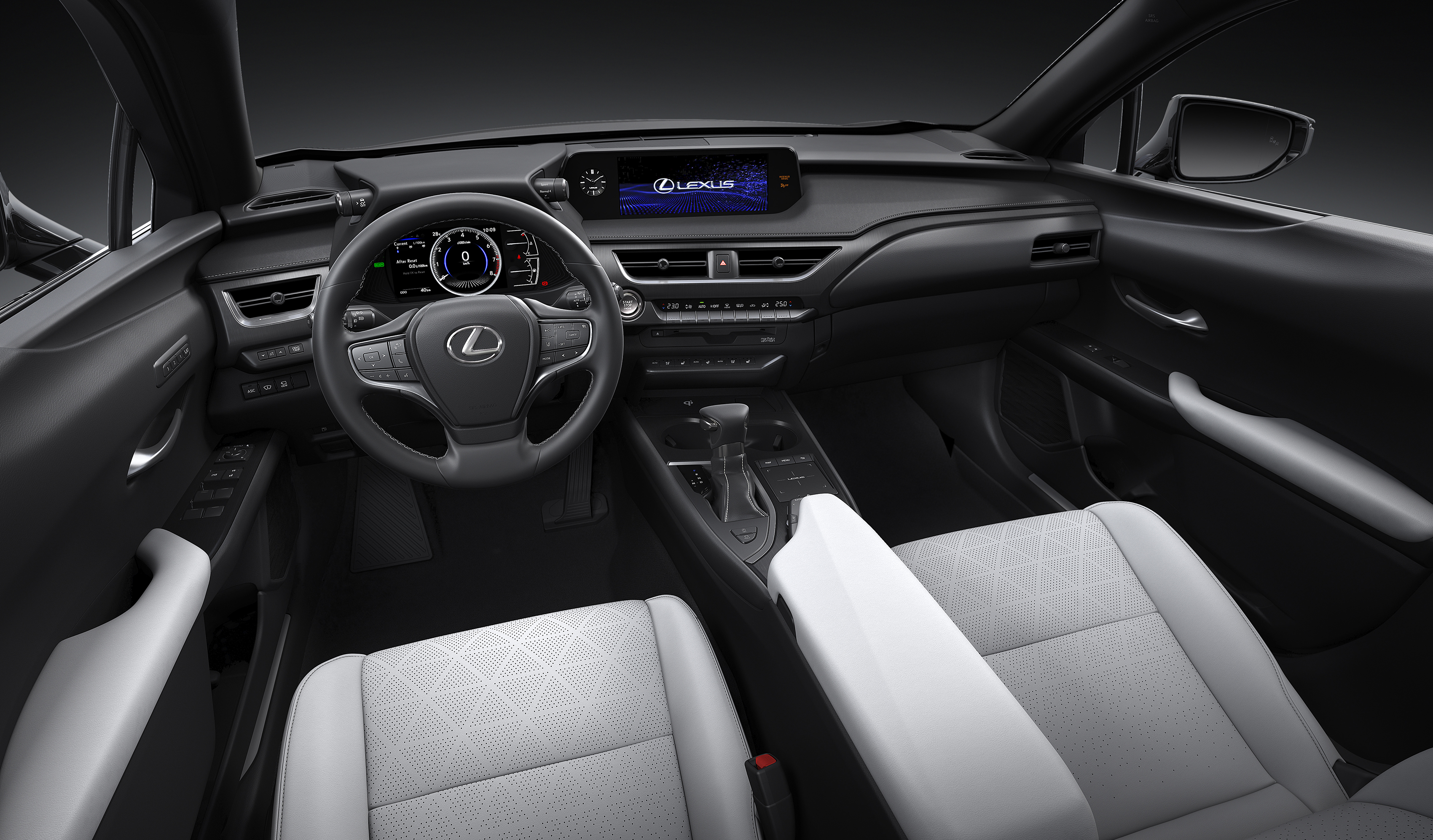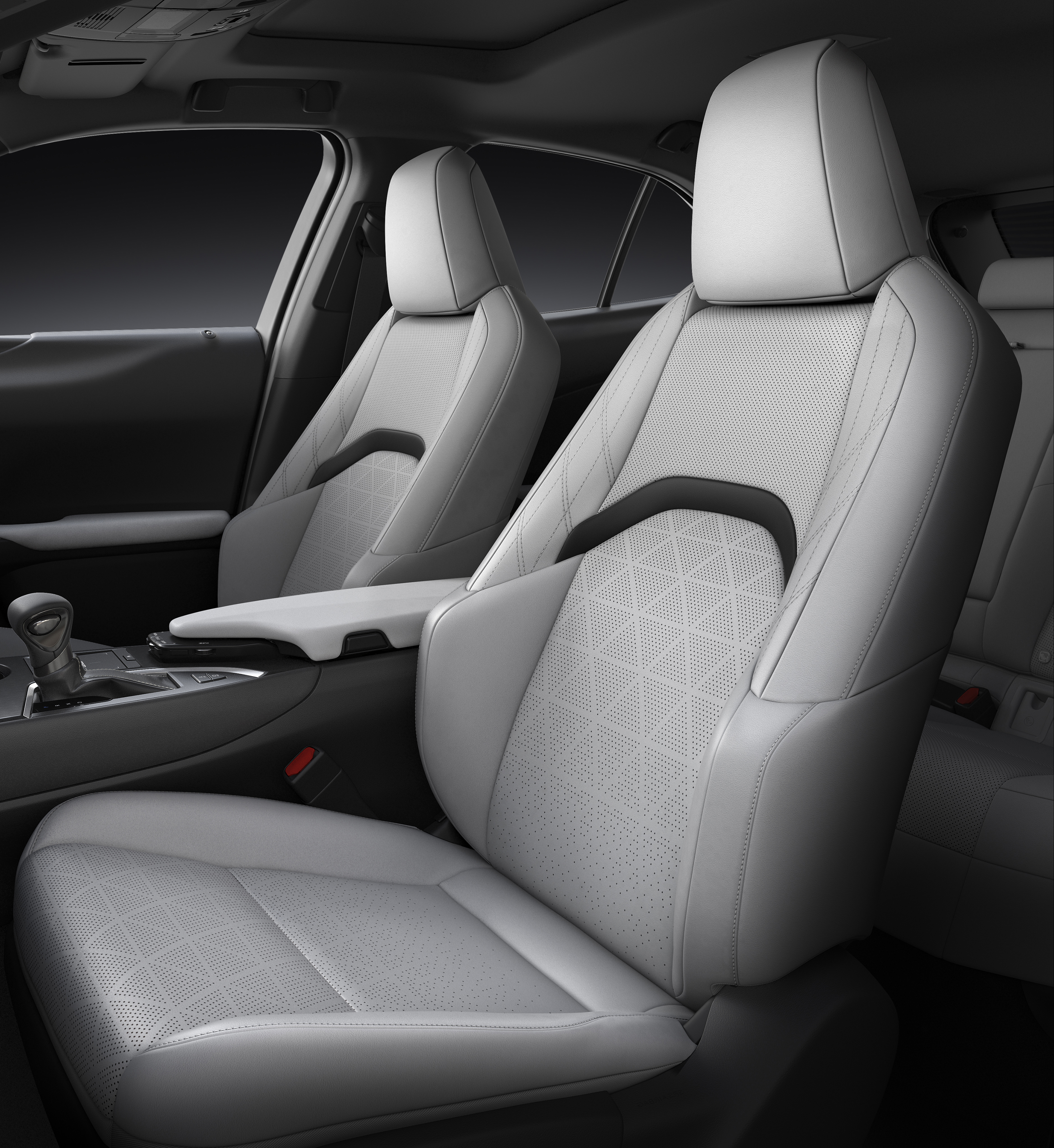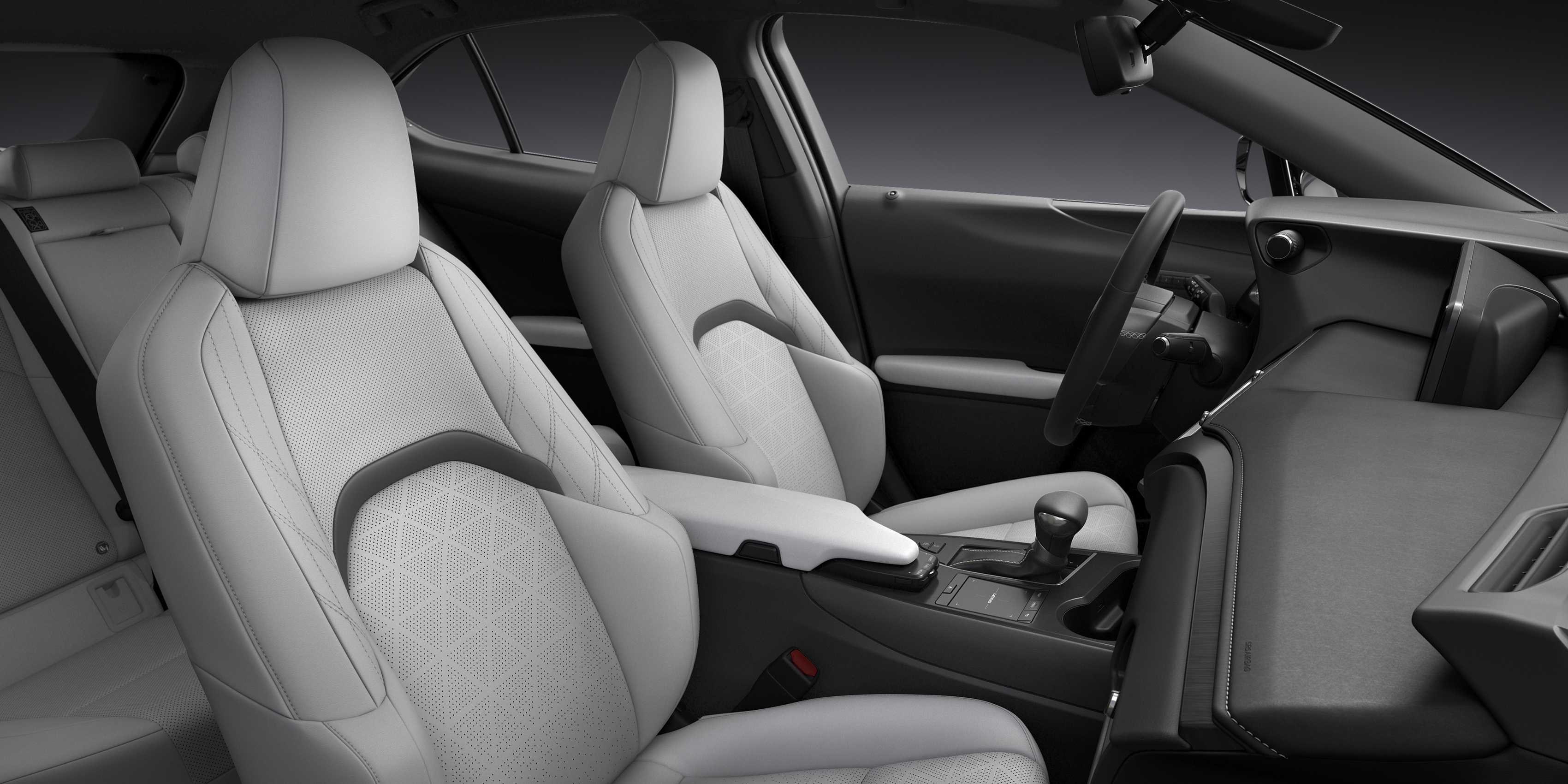
Lexus recently oversaw the world debut of the new UX at the 2018 Geneva Motor Show. Lexus’ newest baby is a free-spirited crossover crafted expressly for the modern urban explorer who seeks a fresh, contemporary and dynamic take on a luxury lifestyle.
Chika Kako, chief engineer of the UX, said: “Right from the start, I focused on the target customer—mid 30s, Millennials, men and women—and tried to understand how they would expect a luxury compact vehicle to change their lives and enable new experiences. That’s what led us to the basic vehicle concept for the UX of Creative Urban Explorer, a new genre of crossover.
“We also focused on giving the UX a distinctive driving feel that would resonate with the customer. I wanted to overturn the image of a crossover with a high body that requires careful maneuvering and offer a car with nimble performance and excellent maneuverability that makes it as easy to drive as a hatchback.”
The UX is a new gateway vehicle for Lexus, it is rich in the qualities that define the brand: brave design, exhilarating performance and imaginative technology.
Led by Kako and chief designer Tetsuo Miki, the development teams have worked closely to produce a car in which the exterior and interior appear almost seamlessly linked. The UX has a powerful bodywork, notable for its impressively flared front and rear wings and a cabin that provides a driver-focused cockpit and an open, relaxing space for passengers.
While still offering a commanding view from the steering wheel, the UX offers a driving position that makes the crossover feel more like a responsive hatchback to drive.
The UX further marks a series of technical innovations, including the first use of the new global architecture platform named GA-C, which delivers fundamental high structural rigidity and a low center of gravity for excellent ride quality and stability.
New powertrains are also deployed for the first time: a new 2.0-liter petrol engine that reaps the performance and fuel economy benefits of high thermal efficiency; and a new mid- power, fourth generation self-charging hybrid system.
Lexus has produced a design for the UX that expresses the sense of security that is expected of a crossover, but which equally communicates agility and a fun-to-drive quality with sleek, attractively condensed appearance. The result is a model with a unique identity in its segment that makes a strong and appealing design statement.
There was close collaboration among all team members, resulting in a harmonious shape that almost seamlessly links the inside and outside of the car.
Exterior design
The aim was not to conform to the established, solid crossover look, but to achieve a compact design that is both strong and stylish, breaking with the conventions of the segment to deliver something more distinctive and dynamic.
This design approach can be seen at work in the way the front and rear wings flare strongly outwards in relation to the car’s basic form, which flows out from the lines of the spindle grille to envelop the cabin. The meticulously formed exterior surfaces are simple but captivating, expressing strength and dynamism.
At the front, the arrangement of the headlights and the spindle grille are incorporated into a deep, strong shape created by the hood and bumper to generate a sense of security. At the rear, a condensed styling treatment contrasts sharply with the flared wings to emphasize the UX’s dynamic and strong crossover qualities.
Details include daytime running lights, arranged in an arrowhead motif above the headlights to emphasize the Lexus L-shaped illumination signature. The spindle grille has a new block-shape mesh pattern with individual elements that gradually change in shape as they radiate out from the central Lexus emblem, giving a three- dimensional look that changes according to the angle of view.
The rear combination lamps have an original and advanced design that is not only eye-catching, but also aerodynamically efficient while improving vehicle handling.
The right and left units are connected by a continuous single line of light across the back door to give the UX’s rear a unique appearance. Formed by a sequence of 120 LEDs, this tapers gently towards the center, measuring just three mm thick at its narrowest point. This design is set to become a world-first Lexus signature feature.
Interior design
The interior of a car is the place where the driver and car connect. As such, the designers sought to eliminate the boundary between exterior and interior, creating a seamless continuity. The effect gives the driver an excellent field of vision with a clear sense of the vehicle’s body dimensions.
This concept is most evident from the driver’s seat, where the upper section of the instrument panel appears to extend out beyond the windscreen. Conversely, seen from the outside, the hood looks as though it connects directly to the instrument panel. This is inspired by a traditional Japanese concept, which blurs the boundary between the inside and outside of a house.
The human-centered approach extends to the design of the UX’s interior, with a “seat-in-control” concept that focuses operation of the entire vehicle functions around the driver’s side of the cabin.
At the same time, this helps create a more relaxing atmosphere around the passenger space. The instrument panel has a low, unobtrusive design and the slim A-pillar moldings have been shaped to improve visibility and give the kind of commanding outward view that is expected of a crossover.
Kako has drawn on her earlier experience in materials development and time spent working in Europe to help define the quality and appearance of the interior, in particular, applying an uncluttered “less is more” approach to achieve the desired effect.
The human-centered design thinking includes paying particular attention to the appearance and ease of use of the center console that integrates audio switches into a palm rest. The seatback shape has been defined to make operation of controls possible while maintaining a comfortable, natural posture.
Getting in and out of the vehicle has been made easier and more comfortable through optimal placing of the hip-point, a cut-off profile for the rocker panel below the doors and shaping of the seat cushion.
Sashiko leather quilting
The smooth leather upholstery available for the UX is inspired by sashiko, a traditional Japanese quilting technique that is also used in the making of judo and kendo martial arts uniforms. The quilted leather is decorated with new perforation patterns that form mathematical curves and gradations in perfect alignment, which enhances the appearance of the seats.
Japanese paper grain-inspired ornamentation
The UX’s sweeping instrument panel covers a large area, connecting the driver and passenger sides of the vehicle. This provides an opportunity to accentuate the atmosphere of the cabin using fine-quality ornamentation with a choice of two-grain patterns and four colors.
The UX is the first Lexus model to offer a new trim grain finish that’s inspired by the grain of Japanese paper, known as washi, familiar in traditional Japanese homes. Created using slush-molding and a carefully chosen surface finish, it evokes a calm and warm feeling.





